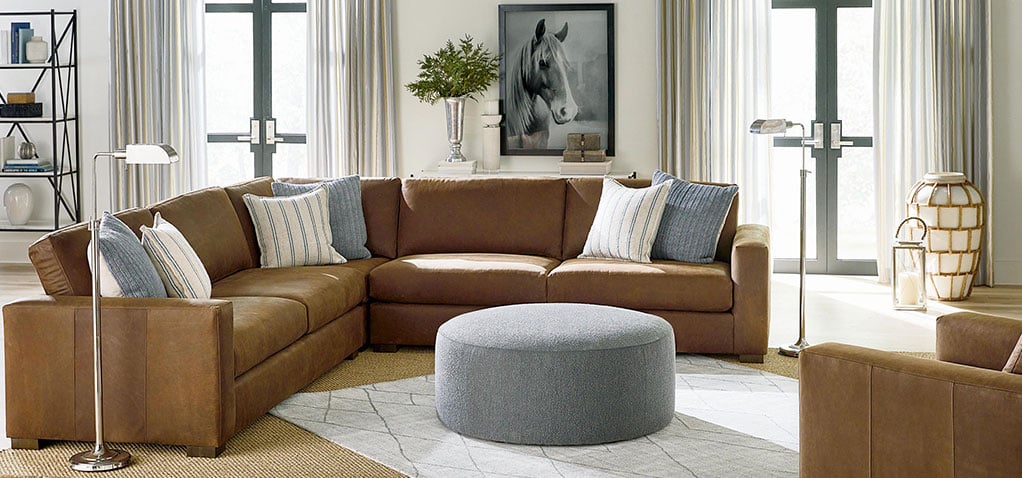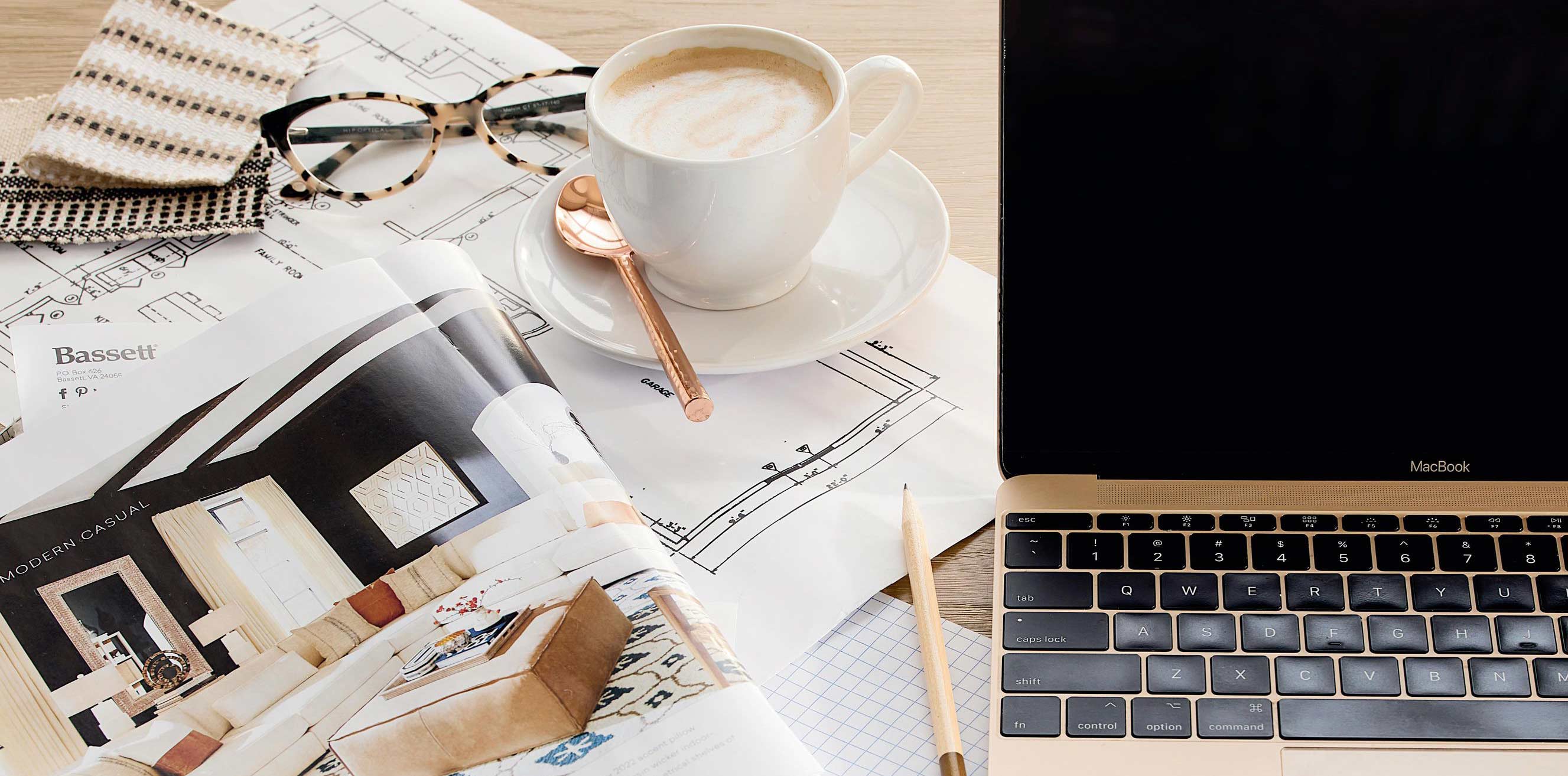The Rug Zone – How to Choose the Right Rug Size
Updated 11/12/24
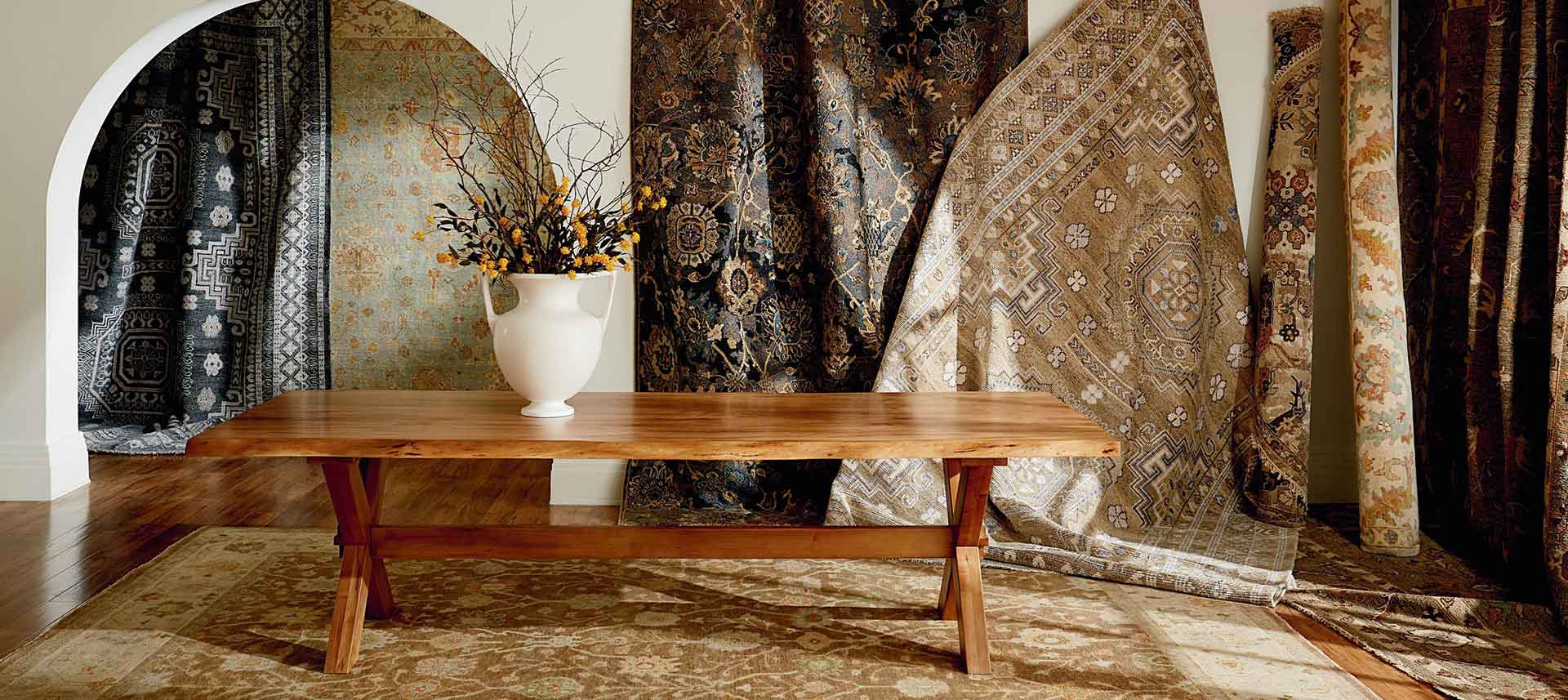
It’s easy to see how walls control our approach to a space. But, in the big picture, it can be even more important to understand how area rugs help us influence and improve how we use and live in a space.
The size of an area rug is as important as its contribution to your design aesthetics. While room sizes have become less standard over the years, how we use the space relationally has not…at least not as much. So the topic of our area rug primer begins with standard rug shapes and sizes, in easy graphic form.
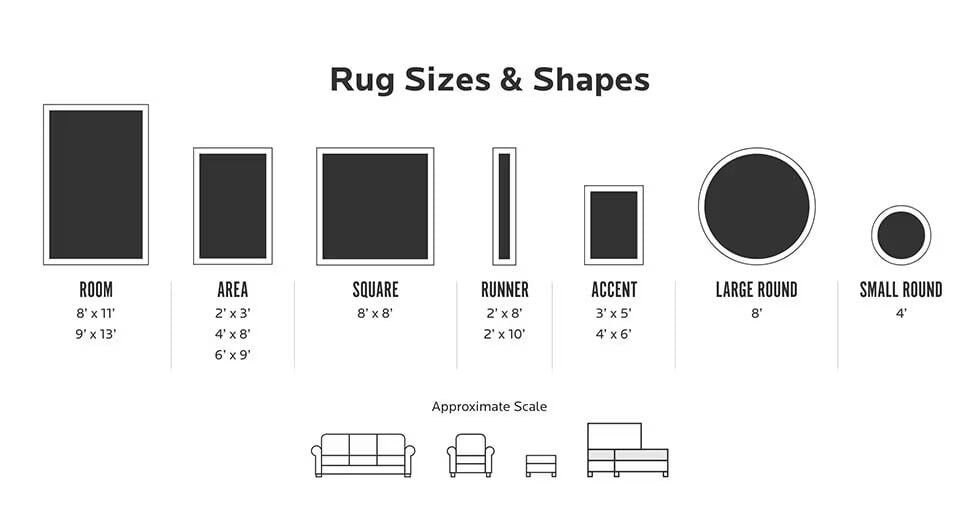
Next comes a discussion of area rug basics. Let’s review some typical applications of the sizes and shapes shown above. Function is a crucial factor as you decide how much rug you need…then how and where to place it.
Area rug categories:
- Accent - 3x5 to 4x6, 4’ small round rugs. Accent rugs are most often used in a foyer or other entry, but can also find their way next to a bed, in between paired twin beds, or in a bathroom.
- Area - 5x8 or 6x9. Use area rugs to define a sitting area or gathering space, in a larger foyer, or under a bed. A 6x9 rug is generally the size chosen to anchor a queen bed.
- Room - 8x11 to 9x12-13, 8’ large round. Room rugs provide both a design foundation as well as literal warmth underfoot in standard living or dining rooms, under a table, or under a queen or king bed.
- Runner - 2x8 or 2x10. Runner rugs are used most often in hallways and up staircases.

Now that we have an understanding of the building blocks, it’s time to get more subjective and explore the design possibilities of each.
Living Room Rug Size
What size rug do you need for your living room? According to our Bassett Designers, it’s “all about keeping things in scale with the furniture while keeping it in scale with the room.” In other words, consider both the size of the room and the furniture groupings. Usually, the front legs of sofas, sectionals and substantial chairs should rest on the area rug, while any accent chairs will sit entirely on or off the rug. By leaving 6 inches or more of rug space to the sides of all furniture pieces, you’ll avoid the feeling of perching precariously – not at all a relaxing feeling.
In a larger space, you can plan for your area rug to contain all the legs of all the furnishings, from sofas to side and console tables to accent chairs. Just be sure to leave some exposed floor between the edge of a rug and the room’s walls – this is a solid floorplanning device that also helps avoid having your area rug look like wall-to-wall carpet. (Note: this matters even if you are layering an area rug over wall-to-wall carpet – showing the layers with intention is an important styling element.)

Dining Room Rug Size
For some reason, people think that the rug under a dining room table should be the same size as the tabletop. And, really, that’s too small. For looks as well as comfort and safety, the rug should extend 30 to 36 inches beyond the edge of the dining table. In other words, if the table measures 44 x 66 inches, the rug should be at least 8x10. That way, all four legs of each chair will rest comfortably on the rug when everyone is sitting down to dinner.
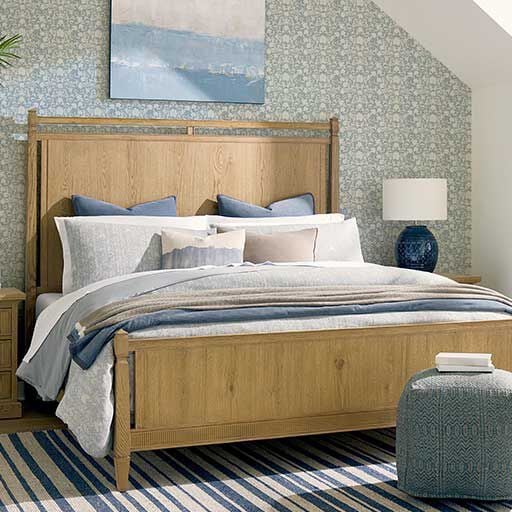
Bedroom Rug Size
Bedroom rug size guidelines can vary more than those for most other rooms. Due to both the often-significant size variation and use of bedrooms, there is less of a general formula than for living or dining spaces. The primary goal of an area rug in a bedroom is simple – have something soft underfoot when you step out of bed in the morning.
If you want to place the whole bed and nightstands on the rug, you’ll need a 9x12 for a king or an 8x10 for a queen. A more common placement finds the lower 2/3 of the bed on the rug, with the rug perpendicular to the bed itself. Other options include an accent rug or short runner alongside the bed – just be sure the runner doesn’t extend beyond the foot of the bed.
Hallway or Runner Rug Size
A hallway is typically where you’ll use a runner rug. The runner should cover about ¾ the length of the corridor, with floor exposed on either side. This is one time that you usually avoid placing furniture – whether console table, entry bench, or display unit – with its legs or base resting on the runner.
Accent Rug Size
Accent rugs are ideal for smaller foyers or entries, where they should be at least as wide as the door. Accent rugs are a little like the flooring version of pillows, where placement and layering is more personally responsive to both your design sense and the function of your room.
Speaking of function, this is a good time to remind you that nearly all area rugs need a rug pad. Rug pads in the same size as your rug protect your floors, keep your rug in place to ensure a no-slip zone, and help preserve your rug from excessive wear.

What’s Next?
Like every good rule, these guidelines are made to break or bend. But to do so effectively takes an especially deft touch. So, while these recommendations are a great place to get started, you may still find yourself needing an expert eye and knowledgeable assistance. That’s where our Bassett design consultants come in. Always available for free consultation, they can help confirm the right size rug for your room while offering expert insight in a choice of materials and style, color and pattern, even the art of layering.
Now, who’s ready to dive into a pool of rugs and find the center of your design world?
